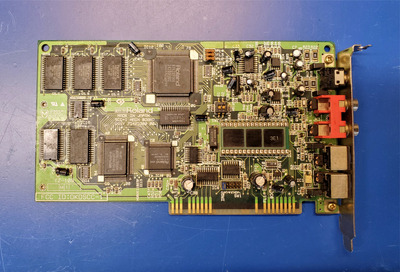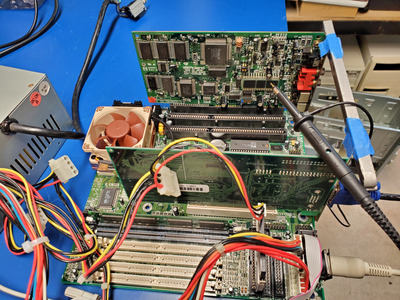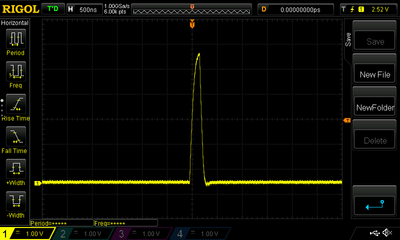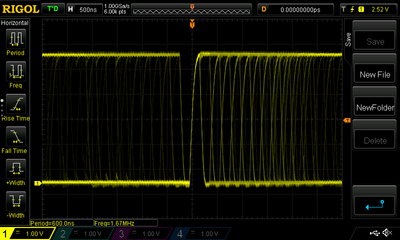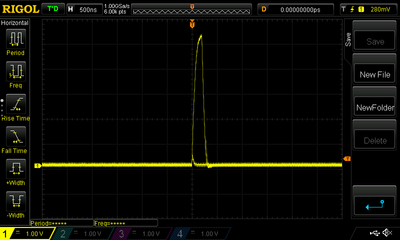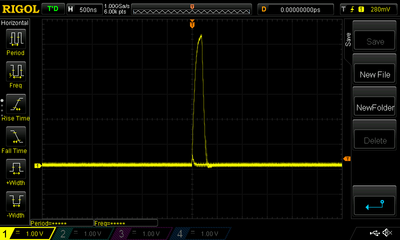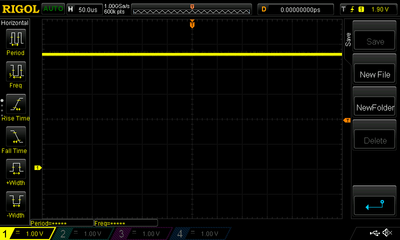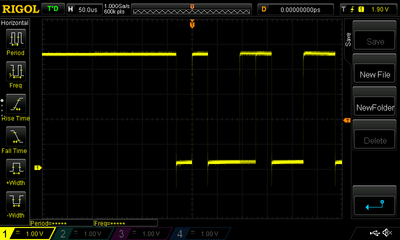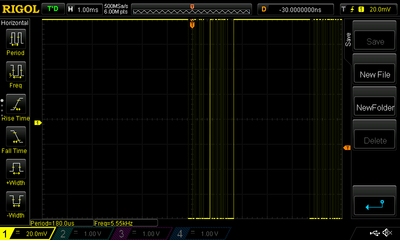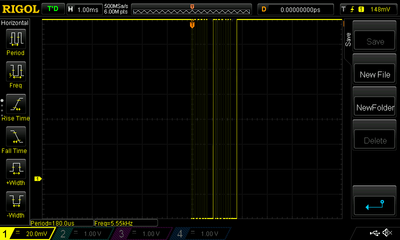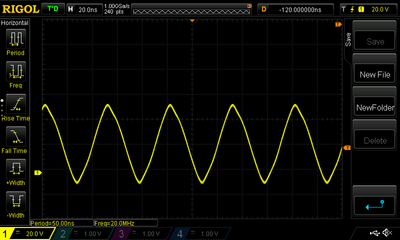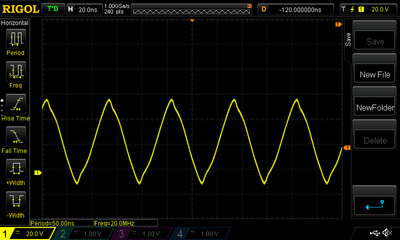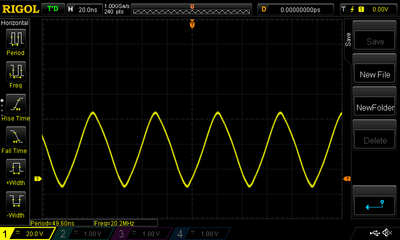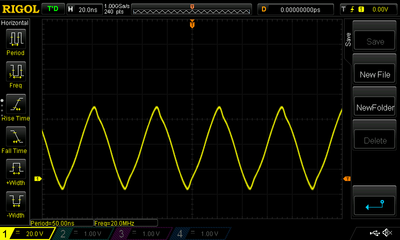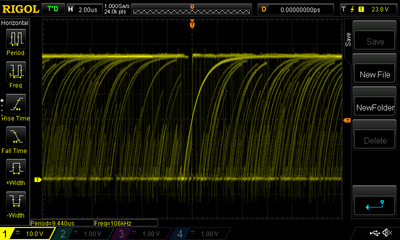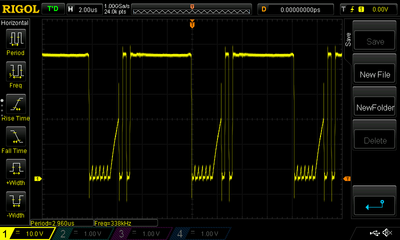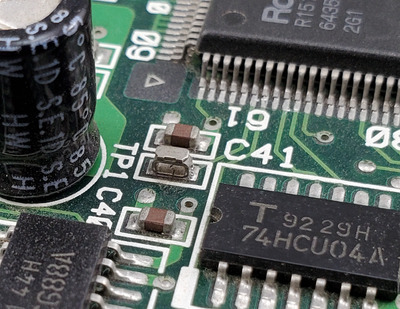First post, by Shponglefan
- Rank
- l33t
This is going to be a log of my attempts to diagnose and repair a faulty Roland SCC-1 I acquired recently.
Initially, I tried it in a PC under Windows 95 and DOS. The card is detected just fine, produces MIDI output, but no audio output.
I tried using the DOS Roland utility which again confirmed the card was detected. Tried performing a GS reset to no avail.
Physical examination for damage only revealed a single cracked resistor (R2). It's a 1.0kΩ resistor currently reading ~1.4kΩ. However, this is part of the circuit for the MIDI input jack so not related to the lack of audio output.
Checked all the ICs for any loose pins. None were found.
Testing for shorts also revealed none. Testing various traces also went fine with no obvious faults. And checking various ICs for overheating, nothing seems to even get even moderately warm.
Next up I will focus on examining the DAC (NEC D6376) to see if there is any faults there.
